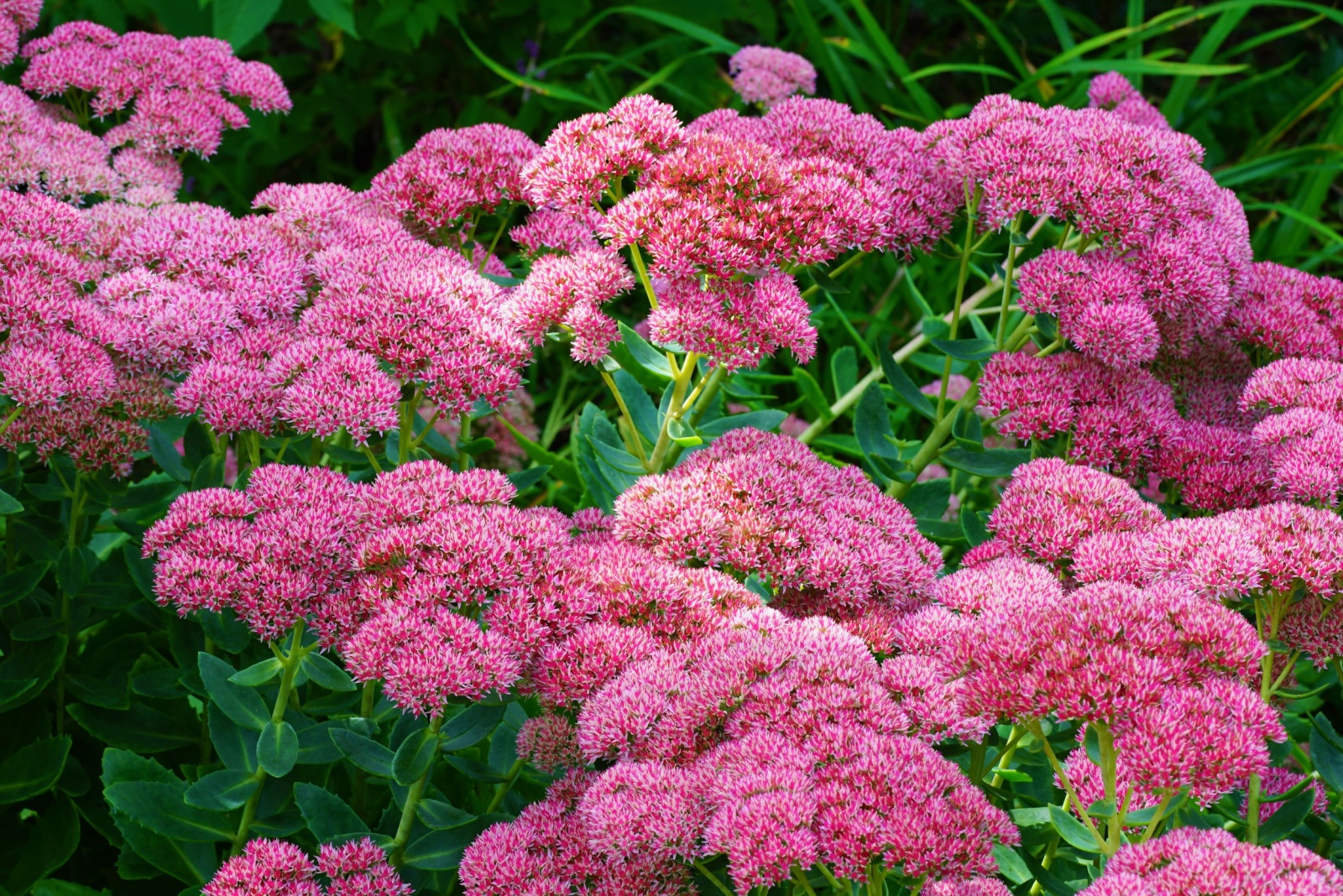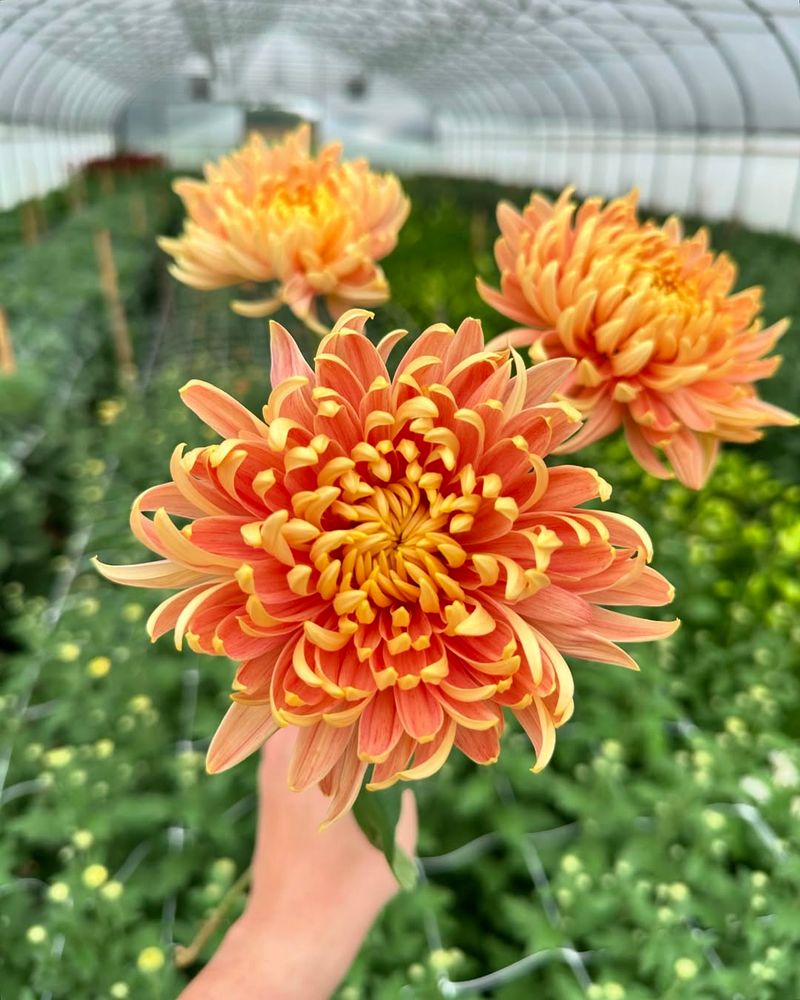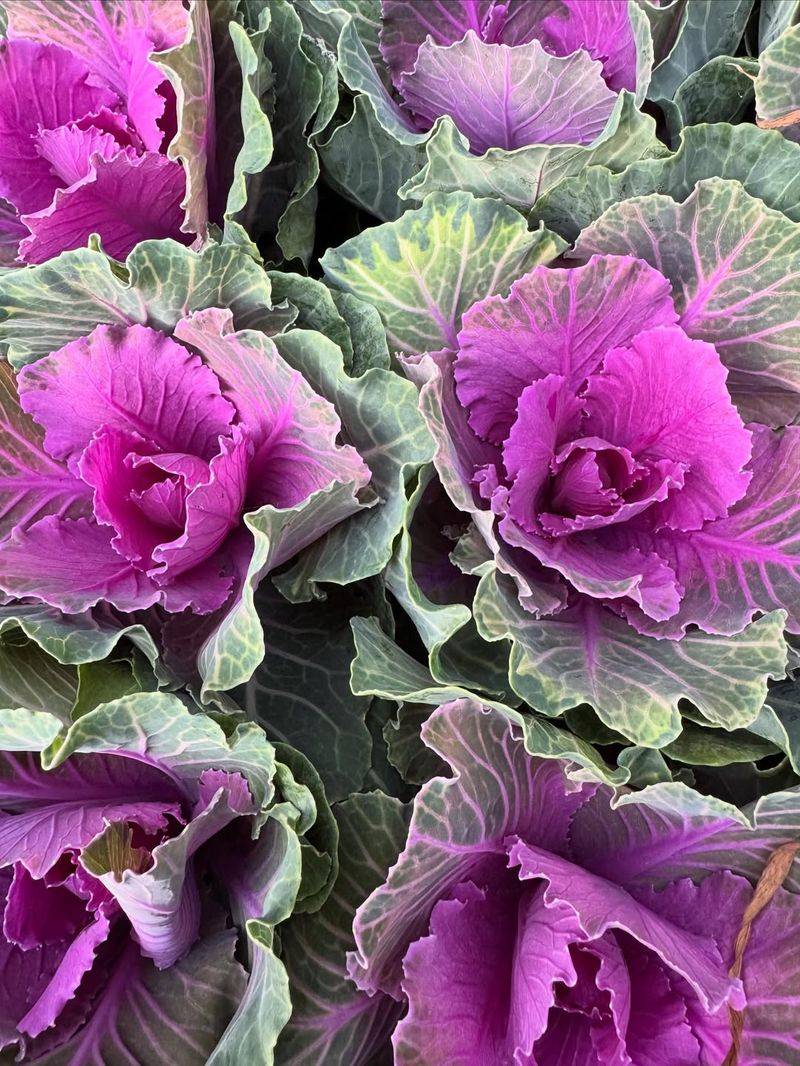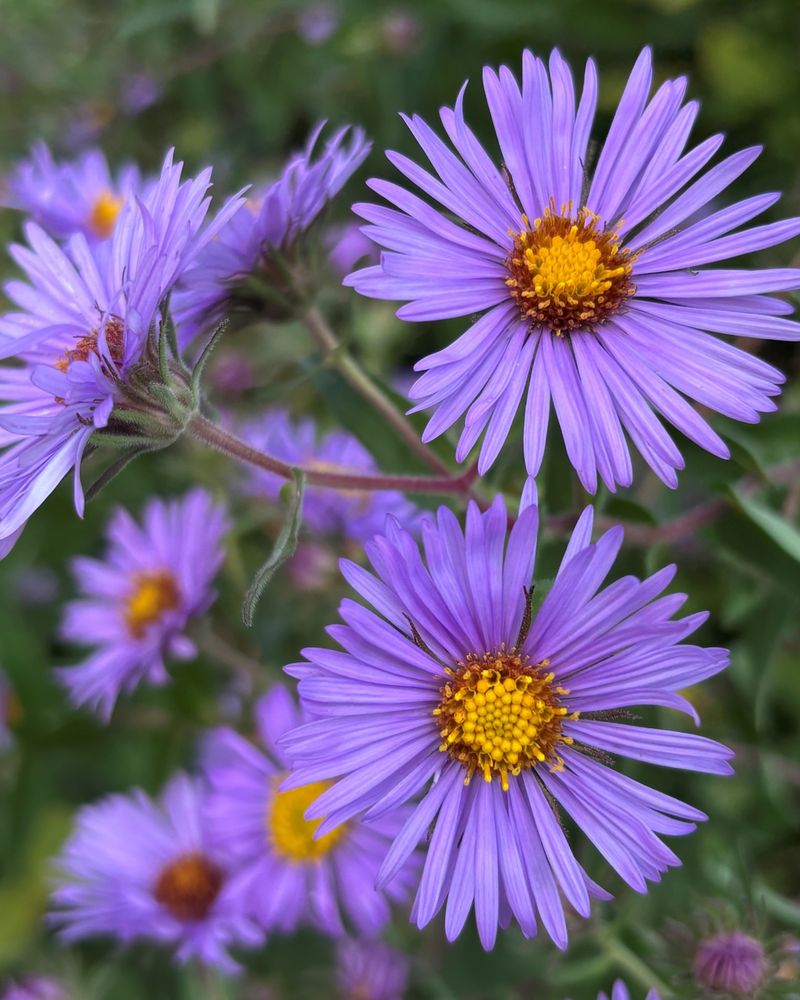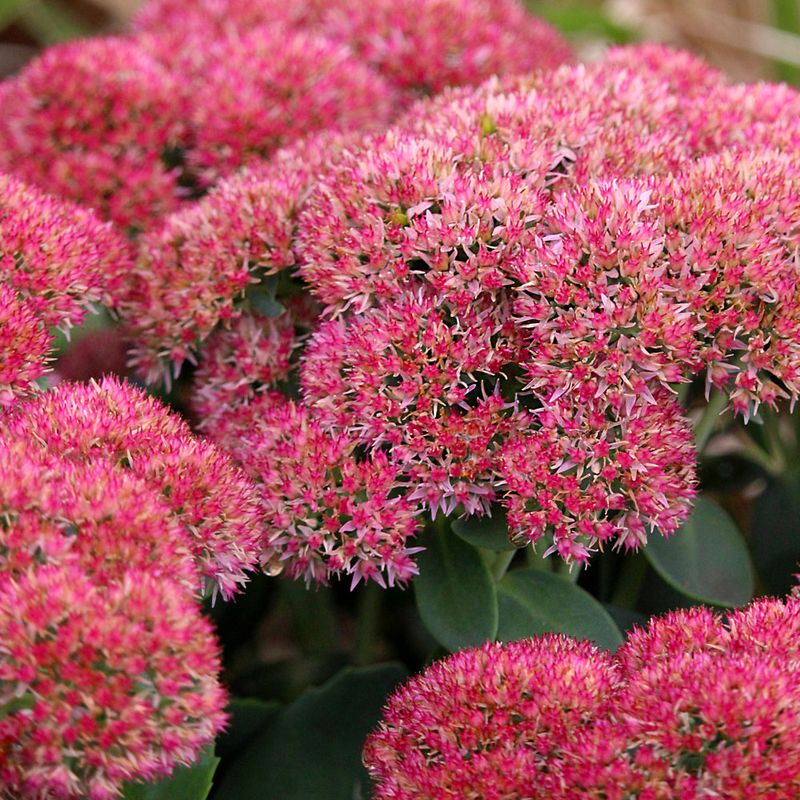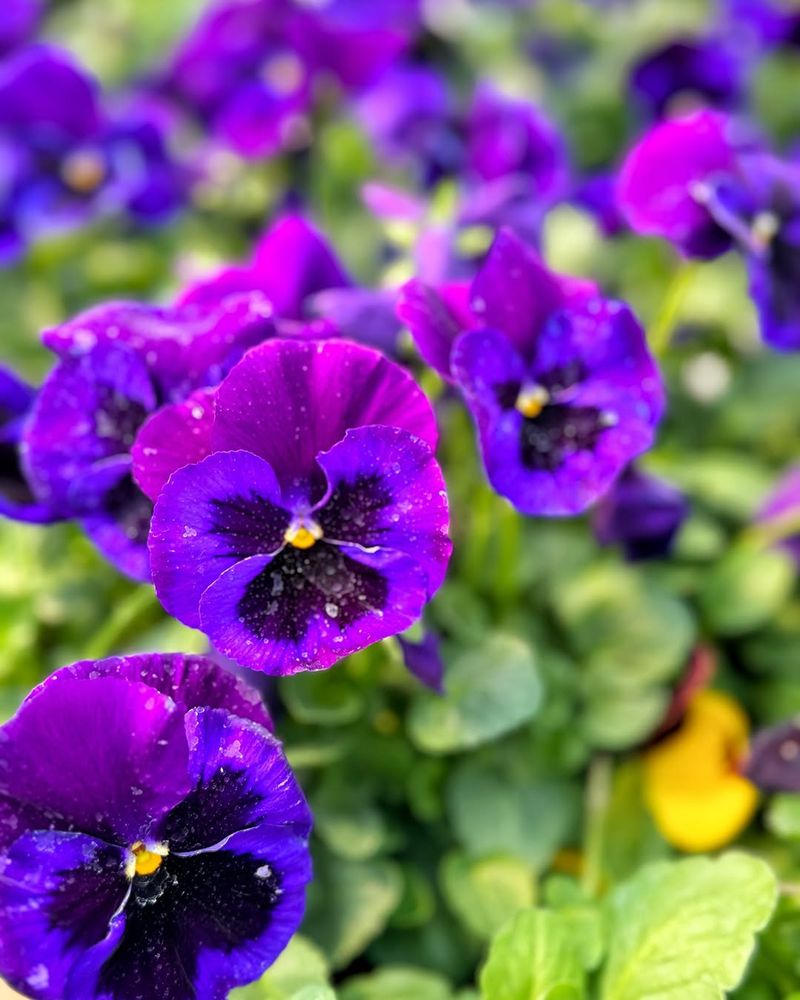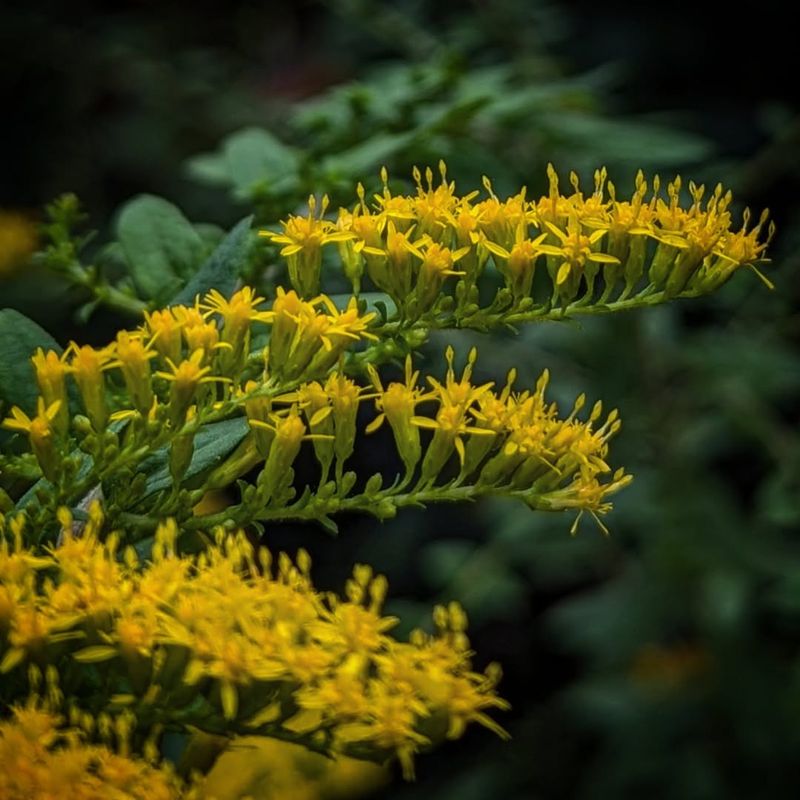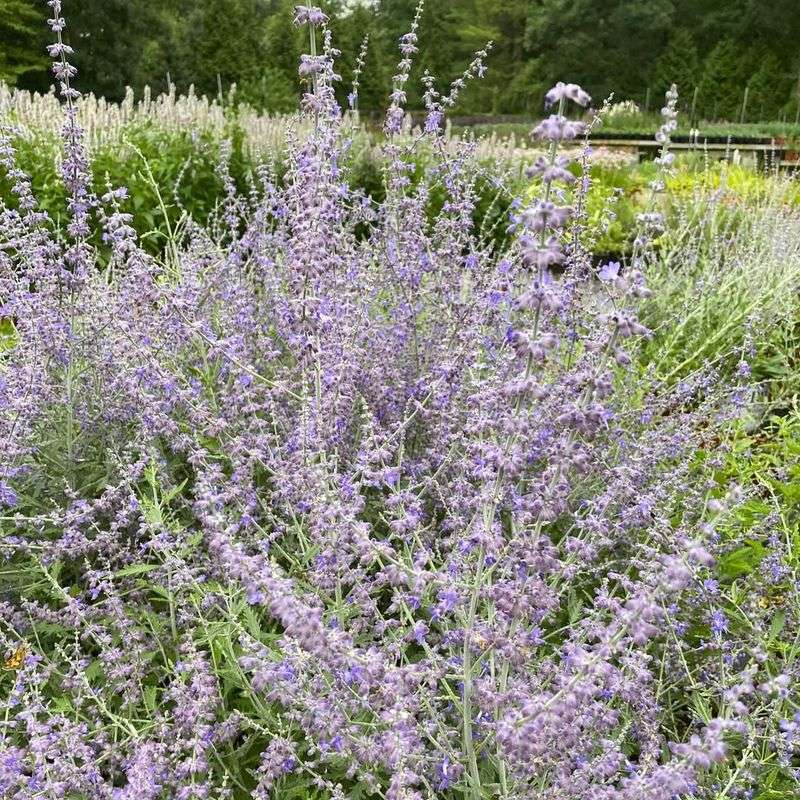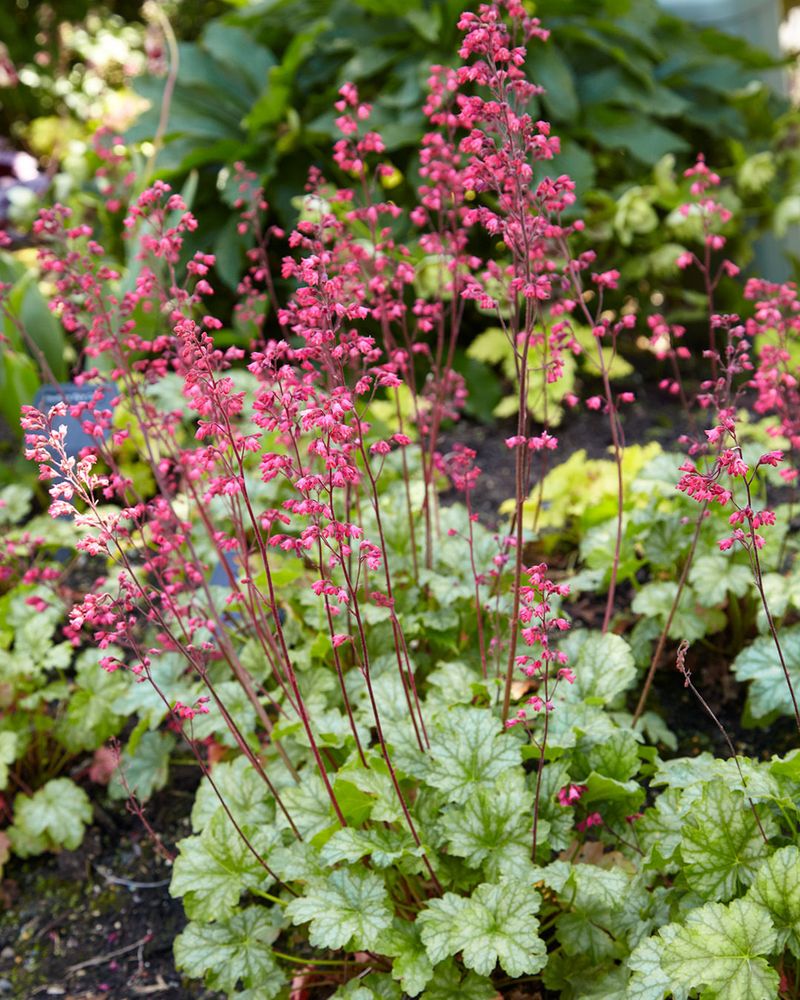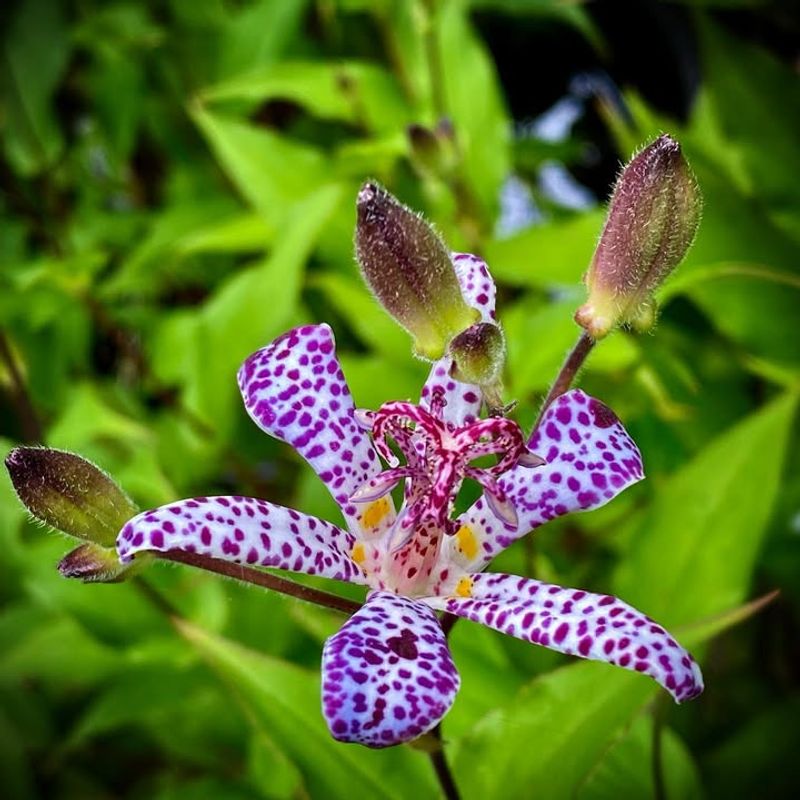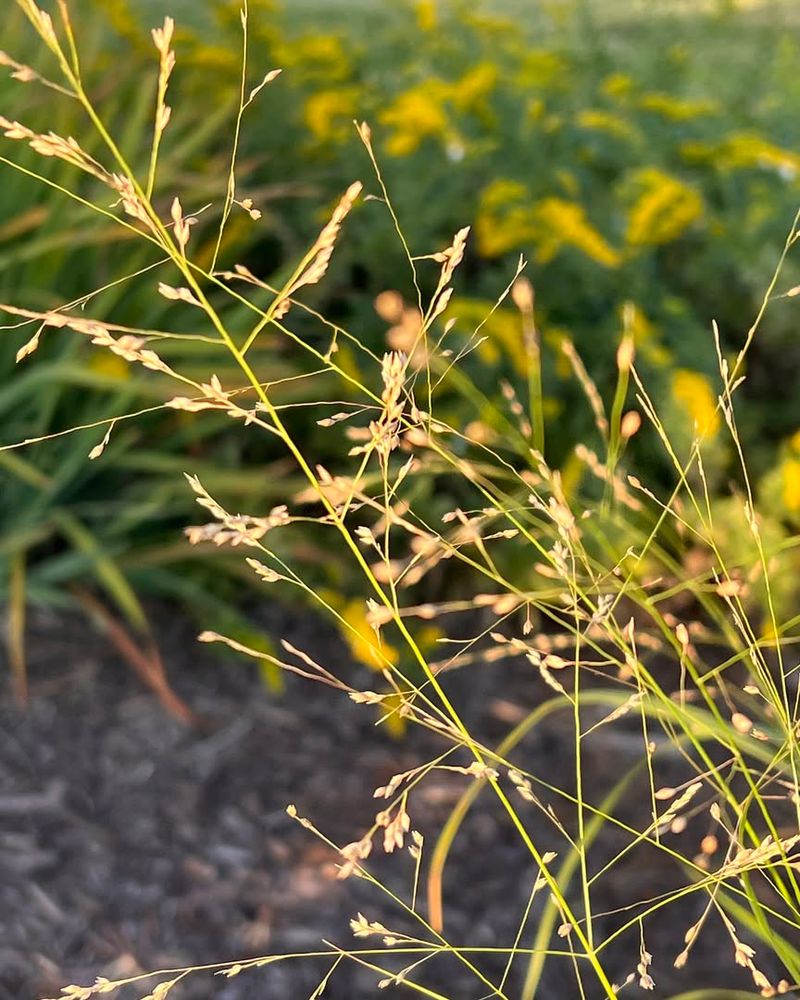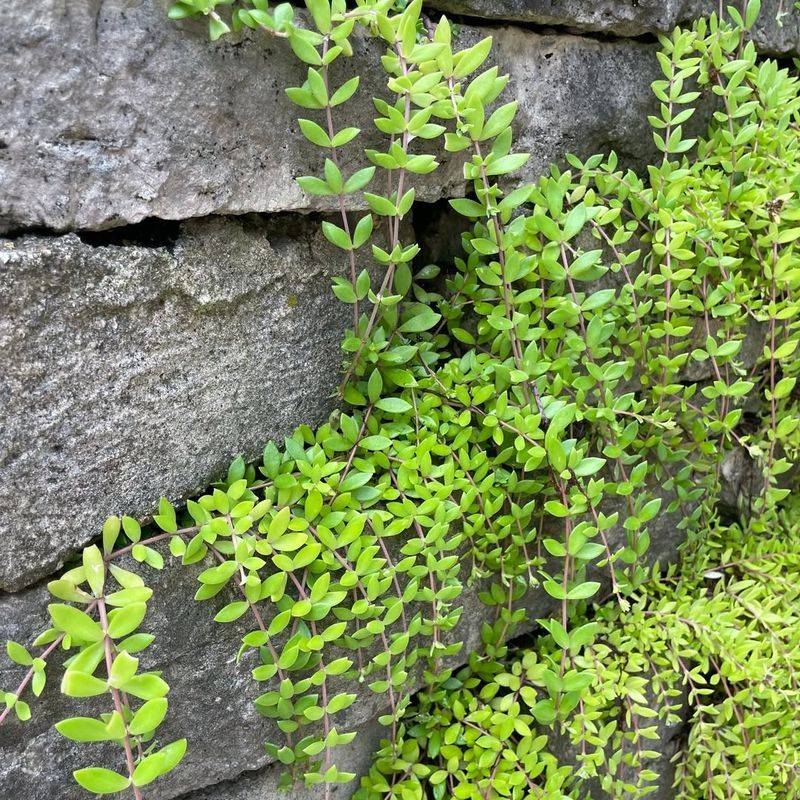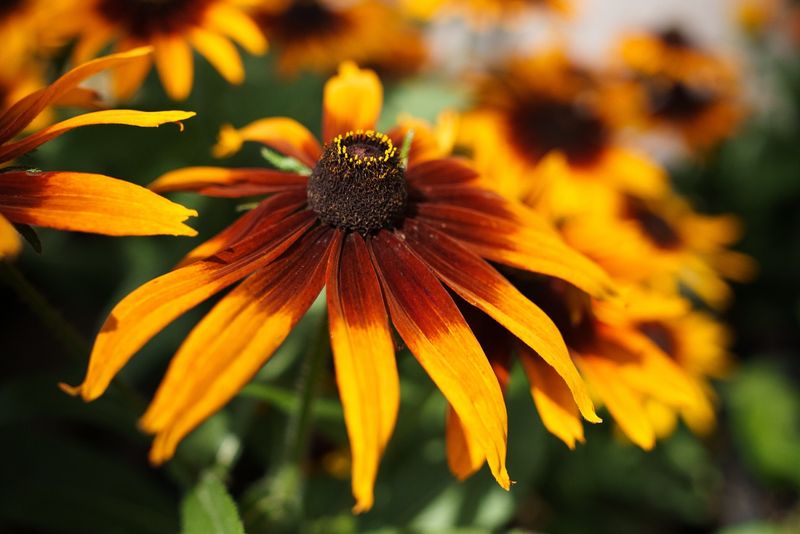As summer fades and cooler weather settles in, many Pennsylvania gardens start looking tired and dull. But fall doesn’t have to mean the end of color and beauty in your yard!
With the right plants, you can transform your sleeping garden into a vibrant autumn wonderland that will make your neighbors stop and stare.
1. Chrysanthemums
Nothing says autumn quite like mums bursting with color across your garden beds. Available in practically every warm shade imaginable, from deep burgundy to sunny gold, these hardy flowers thrive in Pennsylvania’s crisp fall temperatures.
Plant them in well-drained soil where they’ll get at least six hours of sunlight daily. Pinch off dead blooms regularly to keep them flowering longer. With proper care, mums can brighten your garden from September straight through the first frost.
2. Ornamental Kale
Forget everything you know about boring vegetables—ornamental kale looks like roses made from leaves! The rosettes feature stunning combinations of purple, pink, white, and green that actually get more vibrant as temperatures drop.
Cold weather brings out the best colors in these beauties, making them perfect for Pennsylvania’s chilly autumn nights. They’re incredibly tough too, surviving light frosts that would kill most other flowers. Space them about twelve inches apart for a stunning border display.
3. Asters
Want to see butterflies dancing through your garden in October? Asters are your answer! These daisy-like flowers bloom when most other plants have given up, offering nectar to migrating monarchs and other pollinators.
Purple, pink, and white varieties create a cottage-garden feel that’s both wild and welcoming. They spread naturally over time, filling in gaps without becoming invasive. Plant them in full sun and watch them return bigger and better each year.
4. Sedum
Nicknamed ‘Autumn Joy,’ sedum is basically the superhero of fall plants—it survives drought, poor soil, and neglect while still looking amazing. The thick, succulent leaves support clusters of flowers that shift from pink to copper-red as autumn progresses.
Bees absolutely love these blooms, making your garden buzz with activity on warm September afternoons. Even after frost kills the flowers, the dried seed heads add winter interest. Plant them anywhere you need low-maintenance color that lasts.
5. Pansies
Those cheerful little faces smiling up from garden beds can handle Pennsylvania’s unpredictable fall weather better than you might think. Pansies laugh at cold snaps that would wilt other annuals, continuing to bloom even after light snowfalls.
Their velvety petals come in every color combination imaginable, from solid jewel tones to wild multicolored patterns. Deadhead spent blooms to encourage more flowers. Plant them in containers near doorways where you’ll see their happy faces every day throughout autumn.
6. Goldenrod
Despite its bad reputation, goldenrod doesn’t cause allergies—that’s ragweed’s fault! This native Pennsylvania wildflower deserves a spot in your garden for its spectacular golden-yellow plumes that light up autumn landscapes.
Pollinators flock to goldenrod like kids to a candy store, making it essential for supporting local ecosystems. It’s incredibly easy to grow, tolerating various soil conditions and requiring zero fussing. The tall stalks create beautiful backdrops for shorter fall flowers while attracting beneficial insects to your yard.
7. Russian Sage
With silvery leaves and lavender-blue flowers that seem to float on airy stems, Russian sage adds an ethereal quality to fall gardens. The plant releases a pleasant herbal scent when you brush against it, perfuming pathways and borders.
Drought-tolerant and deer-resistant, it thrives in Pennsylvania’s sometimes-challenging fall conditions without complaint. The wispy flowers keep blooming from late summer through October, providing steady color. Cut it back in spring rather than fall to enjoy its architectural winter silhouette.
8. Heuchera
Who says fall gardens need flowers to be stunning? Heuchera proves that foliage can steal the show with leaves in burgundy, caramel, lime, and even near-black shades that complement autumn’s natural palette perfectly.
Also called coral bells, these shade-loving perennials brighten dim corners where other plants struggle to perform. The leaves stay colorful right through frost, and many varieties are evergreen in milder Pennsylvania winters. They’re practically maintenance-free once established, making them ideal for busy gardeners seeking maximum impact.
9. Toad Lily
Looking like tiny orchids that somehow ended up in your backyard, toad lilies are conversation starters that bloom when most shade plants have clocked out for the season. The intricate purple-spotted flowers appear on arching stems throughout September and October.
They prefer the dappled shade under trees where Pennsylvania’s native woodland plants naturally thrive. Once established, they’ll slowly spread to create enchanting colonies. The exotic blooms attract late-season pollinators searching for final nectar sources before winter arrives.
10. Switchgrass
When autumn winds blow, switchgrass puts on a show that’s part visual, part musical, as the tall blades rustle and sway. This Pennsylvania native transforms from green to stunning shades of gold, orange, and burgundy as temperatures drop.
The airy seed heads catch sunlight beautifully, creating a glowing effect in late afternoon. Birds feast on the seeds throughout fall and winter, bringing wildlife right to your windows. It’s incredibly low-maintenance, tolerating wet or dry conditions equally well once established.
11. Stonecrop
Creeping along the ground like a living tapestry, stonecrop turns fiery shades of red, orange, and bronze when autumn arrives. This low-growing succulent fills gaps between stepping stones and spills over rock walls with carefree abandon.
Pennsylvania’s fall rains don’t bother it one bit—in fact, stonecrop thrives on neglect and poor soil that would starve other plants. The tiny star-shaped flowers attract bees in early fall. Use it anywhere you need tough, colorful groundcover that looks intentional rather than weedy.
12. Black-Eyed Susan
Bright as sunshine and twice as cheerful, black-eyed Susans keep Pennsylvania gardens glowing well into October with their golden-yellow petals and chocolate-brown centers. These native wildflowers are practically indestructible, handling heat, drought, and poor soil without missing a beat.
Goldfinches love the seed heads, so leave them standing through winter for bird-watching entertainment. They self-seed freely but never aggressively, popping up in new spots each year. Plant them once, and you’ll have cheerful autumn color for years to come.

